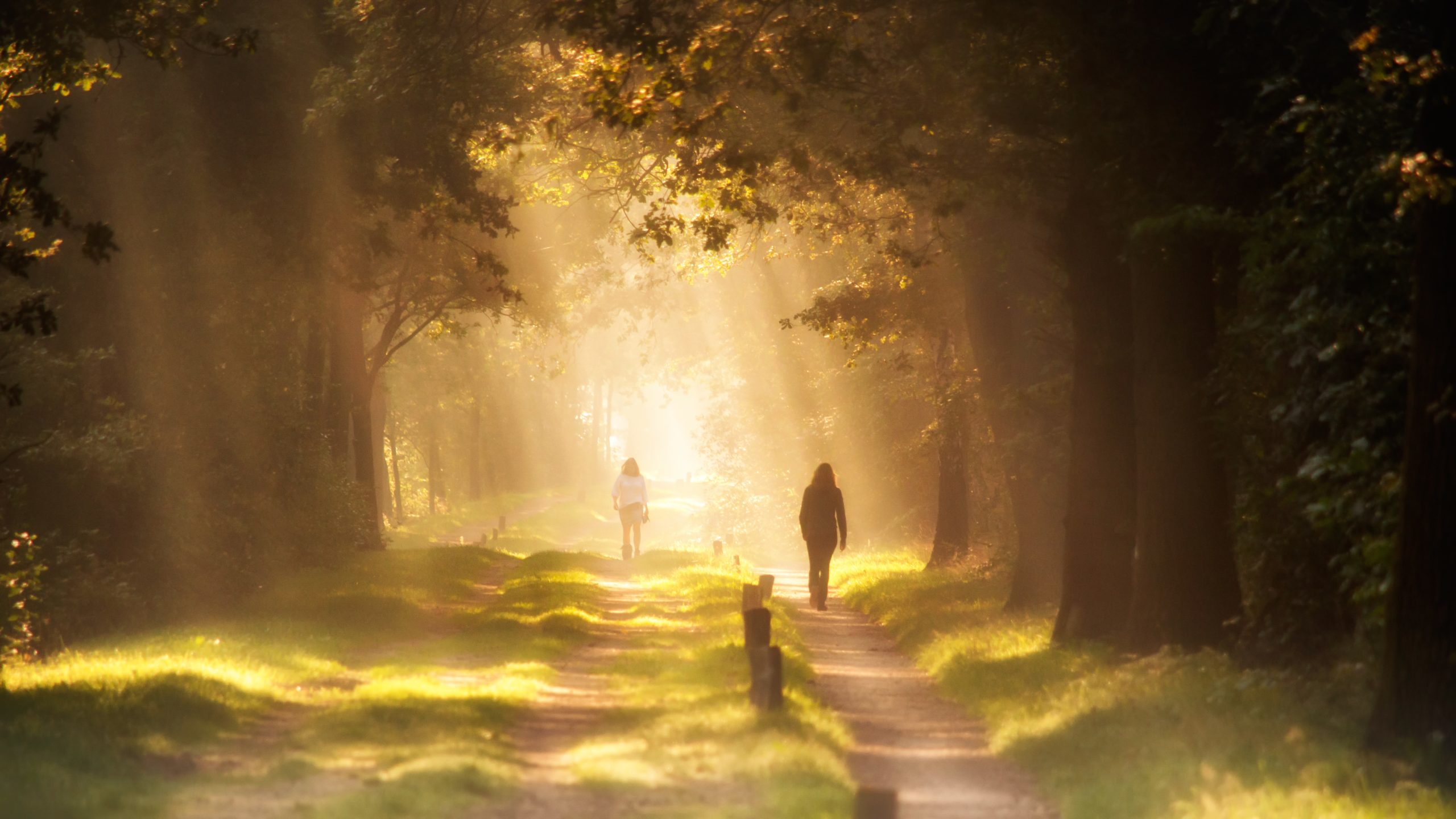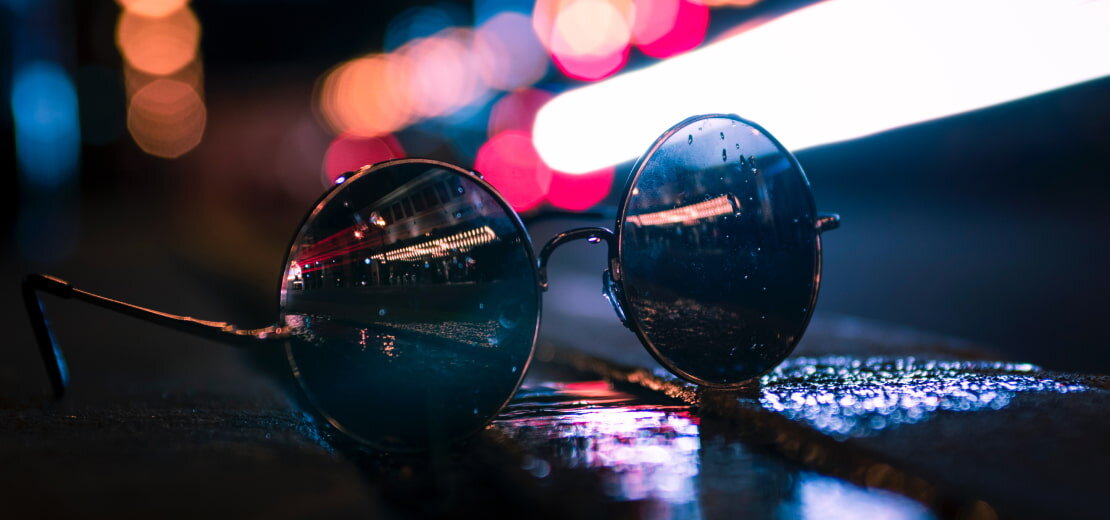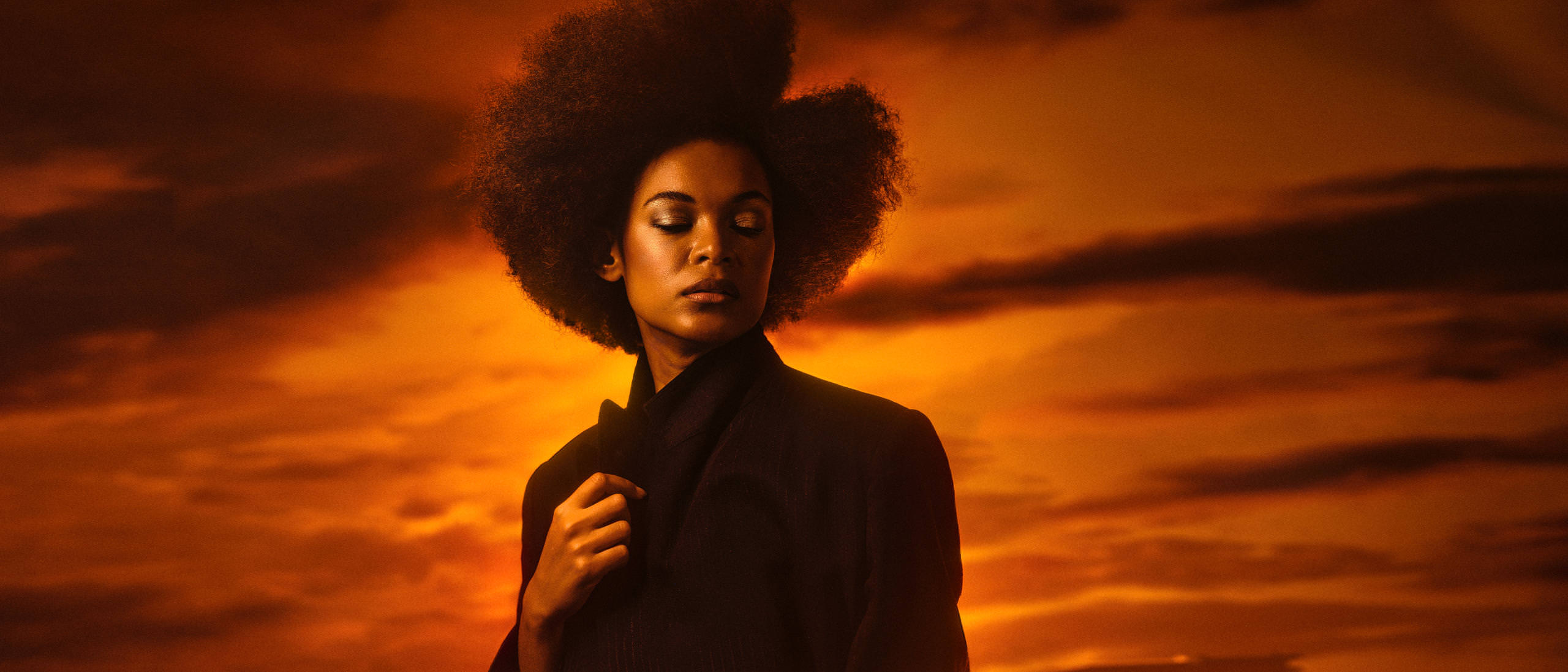Cinematic Photography: Bridging Storytelling and Visual Art
Cinematic photography, often described as the art of creating still images that evoke the mood and narrative depth of film, is a growing trend in modern photography. This style borrows heavily from cinematic techniques such as lighting, framing, and colour grading to produce visuals that feel like a single frame from a larger story. In this article, we delve into the principles behind cinematic photography, its connection to storytelling, and the techniques that can elevate your work into this evocative genre. Whether you are a seasoned photographer or an aspiring enthusiast, understanding the nuances of cinematic photography can redefine your creative process.
 |
| Cinematic photography is a growing trend. (📷commons.wikimedia) |
At its core, cinematic photography is about storytelling. Unlike traditional photography, where the focus may be solely on capturing reality or showcasing beauty, cinematic photography seeks to immerse the viewer in a narrative. This often involves creating a sense of time, place, and emotion within a single frame. By carefully controlling elements such as composition, lighting, and subject positioning, photographers craft images that suggest a larger story unfolding just beyond the viewer’s gaze.
 |
| Cinematic photography seeks to immerse the viewer in a narrative. (📷pinterest) |
The influence of cinema is unmistakable in this style. Cinematic photographers draw inspiration from directors like Wes Anderson, Christopher Nolan, and Sofia Coppola, who use meticulous visual details to convey emotion and character. For instance, the use of symmetry in Anderson’s work creates a sense of order and whimsy, while Coppola’s muted colour palettes evoke nostalgia and introspection. These cinematic influences have been studied extensively in visual arts and media communication fields, underscoring their impact on contemporary visual storytelling.
 |
| The use of symmetry in Anderson’s work creates a sense of order and whimsy. (📷Wes Anderson) |
Lighting: Setting the Mood
Lighting is one of the most critical aspects of cinematic photography. Just as a director uses lighting to shape the atmosphere of a scene, photographers can use it to create drama and depth in their images. Natural light, artificial light, or a combination of both can be manipulated to achieve the desired mood. Golden hour, with its soft and diffused light, is often favoured for its cinematic quality. Conversely, harsh shadows and high contrast, reminiscent of film noir, can add an air of mystery and tension.
 |
| Lighting is one of the most critical aspects of cinematic photography. (📷storyenvelope) |
The placement of light sources also plays a pivotal role. Backlighting, for example, can produce silhouettes and halos, while side lighting highlights texture and form. Understanding the interplay between light and shadow is essential for creating images with cinematic flair. Research in lighting design and perception highlights the psychological effects of light intensity and direction, emphasising their role in emotional storytelling.
 |
| Understanding the interplay between light and shadow is essential for creating images with cinematic flair. (📷audiosocket) |
Composition: Framing the Story
In cinematic photography, composition is not just about arranging elements within the frame but about guiding the viewer’s eye through a visual narrative. Techniques such as the rule of thirds, leading lines, and negative space are commonly employed to create balanced and dynamic compositions. Additionally, anamorphic cropping—where the image is framed in a wide aspect ratio similar to that of cinema—is a popular method for achieving a cinematic look.
 |
| Techniques such as leading lines are commonly employed to create balanced and dynamic compositions. (📷thekitcheners) |
Foreground elements can also be used to add depth and layers to an image. For instance, shooting through windows, doors, or foliage creates a sense of voyeurism, making the viewer feel as though they are peeking into a private moment. This technique is particularly effective in portraits, where the interplay of subject and setting enhances the narrative.
 |
| Foreground elements can also be used to add depth and layers to an image. (📷fixthephoto) |
Colour Grading: Evoking Emotion
Colour grading is a hallmark of cinematic photography, influencing the tone and mood of an image. Warm tones—reds, oranges, and yellows—can convey warmth, passion, or nostalgia, while cooler tones like blues and greens suggest calmness or melancholy. Many photographers use editing software to fine-tune their images, applying colour grading presets or manually adjusting hues, saturation, and luminance.
 |
| Colour grading is a hallmark of cinematic photography, influencing the tone and mood of an image. (📷behance) |
Desaturation and muted tones are particularly popular in cinematic photography, as they lend a timeless and cohesive aesthetic. Teal and orange colour schemes, inspired by Hollywood films, create a pleasing contrast that enhances skin tones while adding depth to backgrounds. Studies in colour psychology and visual communication emphasise the cultural and emotional impact of colour choices, making them integral to effective storytelling.
The Role of Lenses and Equipment
Equipment plays a significant role in achieving a cinematic look. Wide-angle lenses are often favoured for their ability to capture expansive scenes and add context to the story. Prime lenses, with their wide apertures, allow for shallow depth of field, creating a dreamy, blurred background that draws attention to the subject. This technique, known as bokeh, is a staple of cinematic photography.
 |
| 'Bokeh' is a staple of cinematic photography. (📷portfoliobox) |
Post-production tools also contribute to the final aesthetic. Software like Adobe Lightroom and Photoshop enables photographers to refine their images, from basic exposure adjustments to complex colour grading. For those new to editing, numerous online tutorials and resources can guide the process, making cinematic photography accessible to photographers of all skill levels.
 |
| Software like 'Adobe Lightroom' enables photographers to refine their images. (📷youtube) |
Bridging the Gap Between Science and Art
Cinematic photography exemplifies the intersection of science and art. On one hand, it relies on technical expertise in areas such as optics, lighting physics, and digital editing. On the other hand, it demands a keen artistic sensibility to craft compelling narratives and evoke emotion. Interdisciplinary research in media arts and information science supports this duality, highlighting the cognitive and emotional engagement elicited by well-crafted visuals.
 |
| Cinematic photography exemplifies the intersection of science and art. (📷nanliteus) |
By understanding the principles that underpin cinematic photography, photographers can transcend traditional boundaries and create images that resonate deeply with viewers. Whether your goal is to enhance your portfolio, attract clients, or simply explore a new creative avenue, mastering cinematic photography opens up a world of possibilities.
 |
| Cinematic photography borrows heavily from techniques such as lighting, framing, and colour grading. (📷pinterest) |
Cinematic photography is more than a style; it is a philosophy of storytelling through visuals. By combining the technical precision of photography with the emotional depth of cinema, this genre enables photographers to create images that linger in the minds of their audience. With practice, experimentation, and an understanding of cinematic principles, you too can bring the magic of the silver screen to your photography.
⭐⭐⭐


